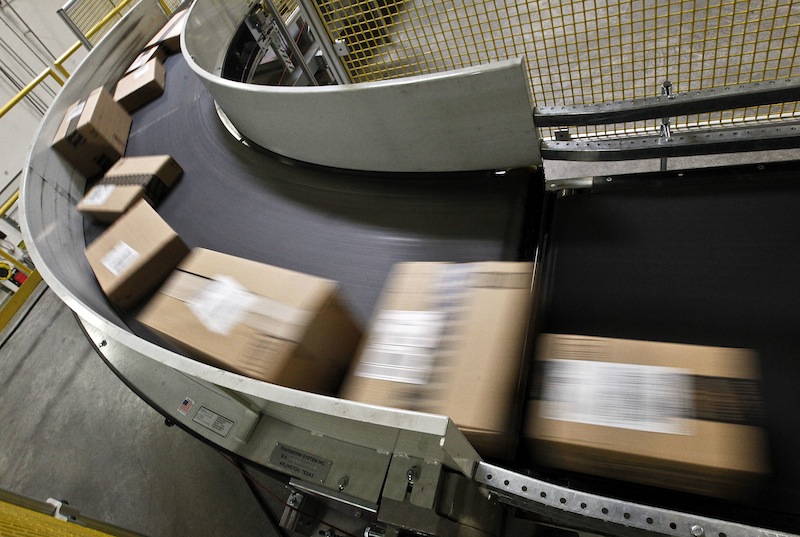WASHINGTON — U.S. online sales, including those made on “Cyber Monday,” are expected to hit a new record this holiday season, providing another avenue for retailers to lock in sales but exposing shoppers to more cybersecurity hazards.
The National Retail Federation projected that a record 131 million shoppers would buy goods online Monday – traditionally the busiest day of the year for Internet sales. IBM Digital Analytics reported that its real-time tracking showed a 17.5 percent increase in online sales compared with last year. Shoppers will have spent about $2 billion on Cyber Monday, up significantly from last year, when they spent $1.46 billion, according to Comscore.
Online sales were a small bright spot in an otherwise tepid Black Friday weekend for retailers. While consumers spent less this year, they did about 44 percent of their shopping online, compared with 41 percent last year, according to the National Retail Federation.
To capitalize on the trend, big-box retailers have redesigned their mobile sites, launched new apps and are offering some consumers customized shopping experiences.
But retailers aren’t the only ones looking to take advantage of the increase in online shopping – cybercriminals are also taking note.
With a shorter shopping season between Thanksgiving and Christmas this year, security experts say that there will probably be more scams.
Shoppers should be wary of public wireless networks that scammers could use to snoop on devices that join for quick Internet access, said Cameron Camp, security researcher at the IT firm ESET.
The cautious ones, he said, may want to get a prepaid card that only has access to the amount of money they’ve dedicated to holiday shopping.
The increased emphasis on online sales means that retailers should also take measures to combat the threats that come with any high-traffic shopping season, said Erin Nealy Cox, executive managing director for investigations and intelligence for the risk management firm Stroz Freidberg.
Stores must be able to not only guarantee a safe shopping environment but be prepared to react quickly to strange trends in their customers’ buying habits.
“If you’re a significant online retailer, during a high-travel time you have to know you’re an increased target,” she said.
In the future, stores will put more energy into making mobile, online and brick-and-mortar shopping experiences work seamlessly together, said Thom Blishock, chief retail strategist for Booz & Co.’s retail practice.
The mobile shopping trend is already taking off – IBM estimates that purchases made on devices make up 16.5 percent of all online sales, and that mobile traffic made up nearly 30 percent of online holiday shopping.
Send questions/comments to the editors.



Success. Please wait for the page to reload. If the page does not reload within 5 seconds, please refresh the page.
Enter your email and password to access comments.
Hi, to comment on stories you must . This profile is in addition to your subscription and website login.
Already have a commenting profile? .
Invalid username/password.
Please check your email to confirm and complete your registration.
Only subscribers are eligible to post comments. Please subscribe or login first for digital access. Here’s why.
Use the form below to reset your password. When you've submitted your account email, we will send an email with a reset code.